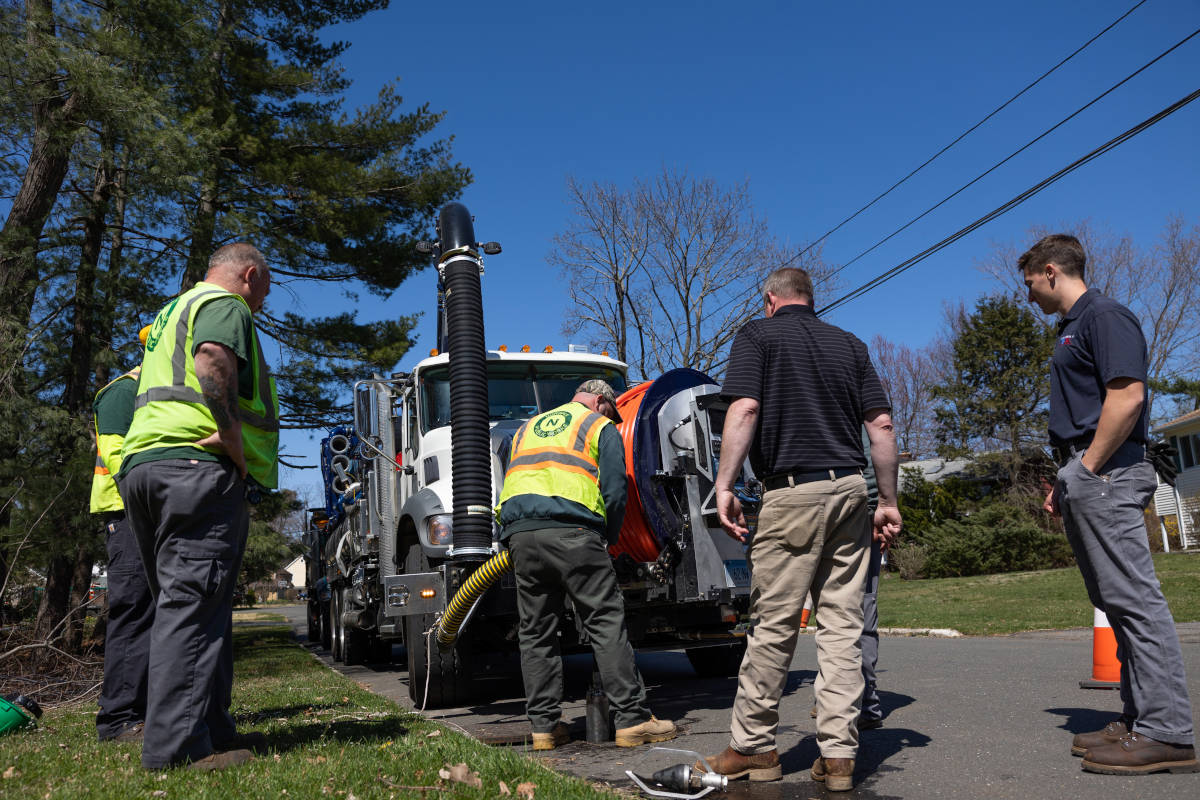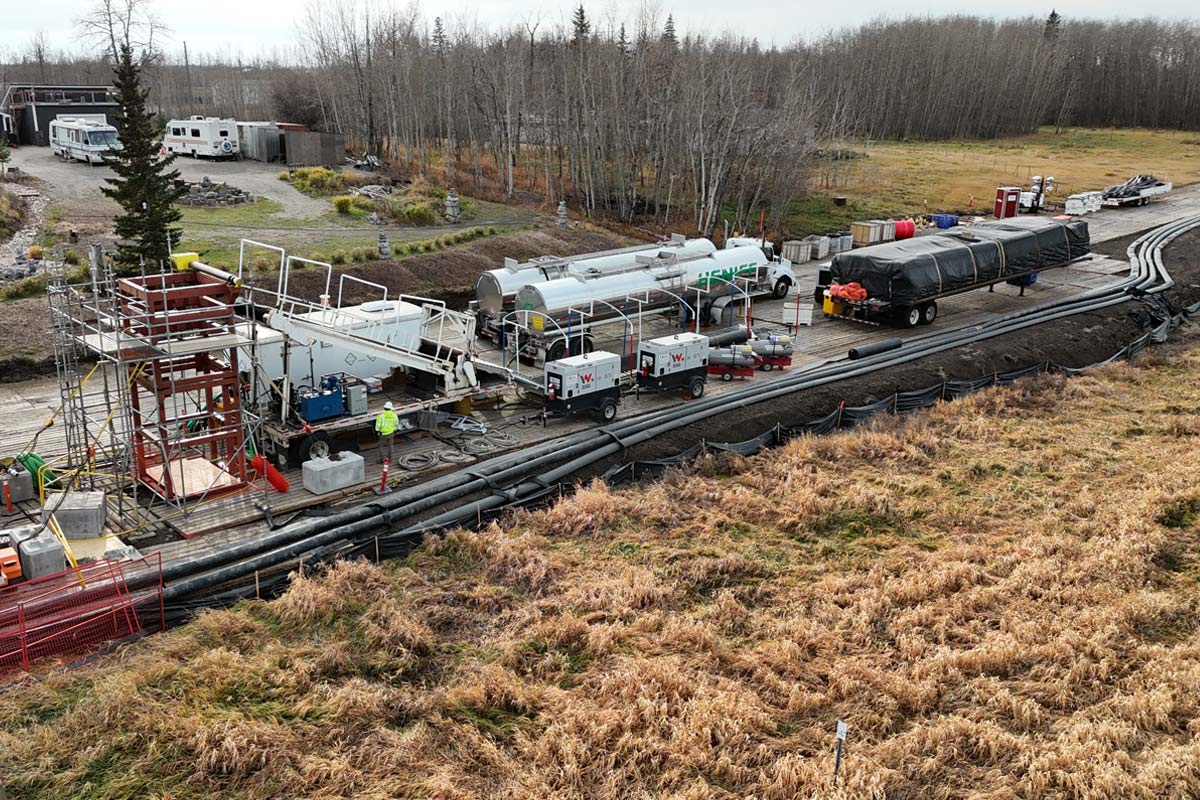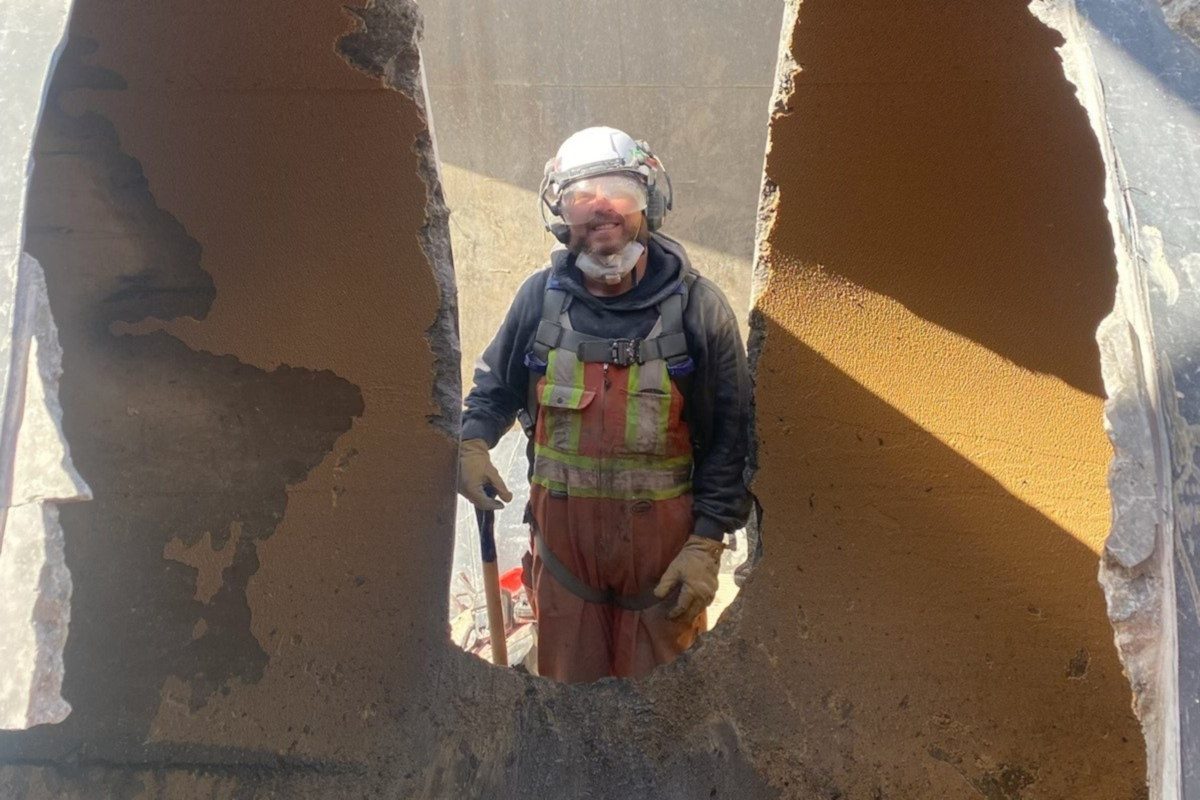
Improving Regulatory Sewer System Inspections at Bethel Park, Pa.
October 23, 2015
The Municipality of Bethel Park, Pa., Engineering Department is responsible for maintaining a sanitary sewer region that covers approximately 14 sq miles and includes approximately 200 miles of mainlines, 4,000 manholes and 12,000 lateral connections. This responsibility is governed by the town’s Municipal Authority, which sets the policies and guidelines for the safe and efficient management of public infrastructure based on the relevant environmental requirements of both the region and the State Department of Environmental Protection (DEP).About one-third of the municipality’s sewer system output flows into the Allegheny County Sanitary Authority (ALCOSAN) network, and is administered under consent decree. As a result, any NASSCO Grade 4/5 defects are required to be remedied in a timely manner. A typical Grade 4/5 defect includes potential structural damage from extraneous water getting into pipes and manholes. The consequent overflows into the region’s river systems can also lead to flooding hazards, backups and impact the surrounding environment.
As a result, Bethel Park Municipal Authority acted in a timely manner by developing and putting in place a plan to manage regulatory compliance of sewer infrastructure operations through proper procedure, systems, tools and reporting structures. For more than 15 years, the municipality has been conducting televised inspections on a routine basis using WinCan as part of its CCTV-based asset condition inspection and assessment program. These procedures and processes have been improved upon over this period with corresponding improvements in technology, workflow optimizations, public outreach programs and best management practices (BMPs).
Workflow Efficiencies
Initially, the municipality relied entirely on its contractor to collect and deliver inspection data. The turnaround time was longer, and the method of delivery (paper/VHS tapes) made it difficult for the engineering department staff to review and analyze the information. This led to delays in reporting and decision-making. Remedial action needed to address problem areas could not always be taken as expeditiously as the municipality would have liked to.
Following the adoption of WinCan — the oldest CCTV solution in the global industry today — this process was streamlined. The delivery of highly digitized data using efficient storage media made it a lot easier and faster to manage the data collection and reporting operation. Further, the seamless use of defect codes from NASSCO enabled the municipality to readily adapt to an industry standard inspection management program and strengthen its compliance efforts.
So far in 2015, more than 35,000 ft of lines have been identified and rehabilitated through the inspection process that occurs on a 52-week, five day-week schedule.
The municipality is now using WinCan VX, the latest version which includes, among a host of features, the ability to publish inspection data and videos in the cloud for anyone to look at any time and from anywhere. Staff also likes the robust mapping capability it offers. Besides allowing them to visualize their assets on a map, it also provides powerful and easy options for querying and exporting data into popular GIS systems such as Esri ArcGIS. For example, users find it very easy to query pipe material, identify and address the problem areas such as root intrusion, water infiltration and various other defects. This saves them a lot of time they would otherwise spend documenting such issues.
Bethel Park assistant environmental engineer Mike Pomposelli points out that the WinCan-integrated map also helps inspectors, as well as homeowners accurately locate lateral connection points, which otherwise would need to be located by field surveying methods. This helps crews better plan their work activities.
The typical workflow in WinCan VX today starts with the municipality staff mapping out pipes in 10,000-ft blocks and handing it to the contractor for the inspections to be completed in one to two weeks at a time. Manholes and laterals are also inspected as needed using push cameras. A staff inspector usually accompanies the contractor during each run. Inspection areas are picked based on priorities, primarily the consent decree sections, which are followed by high-to-low-risk assessments. New pipes are evaluated less frequently.
Every evening, when the CCTV truck gets back to the contractor’s facility, the recorded data is offloaded onto a hi-speed digital storage media where it is reviewed by a technician. Data is organized using a simple naming convention that includes the month, day, year and area information. It is then delivered to the engineering staff about once a month.
Once received in the office, the data is reviewed using WinCan VX tools including the NASSCO Validator (to ensure contractor data correctness and integrity). Maps are used to identify hotspots and other problem areas, with a focus on NASSCO Grade 4/5 defects within the consent decree region. As Pomposelli notes, “The ability to easily generate robust reports and maps out of WinCan VX, and being able to export and quickly distribute those reports in PDF format has enabled the municipality to effectively manage its annual DEP and other reporting requirements.”
Further, these reports are also used for making prioritized decisions regarding rehabilitation as well as capital projects. Pomposelli is also pleased with not having to be concerned about capacity issues anymore given that WinCan VX data is stored in an enterprise-level SQL Server database.
“We like how WinCan VX allows us to incorporate mapping into our workflow. The ability to simultaneously see and interact with individual observations along with the associated section or node in WinCan VX and on the map elevates the workflow experience for our staff and contractor, enhancing usability and productivity,” Pomposelli says.
Looking Ahead
The Bethel Park Municipality continues to look for ways to further optimize its sewer television inspection program in an effort to achieve increased operational efficiencies. One of the first options being looked at would enable the contractors and staff to be able to instantly upload inspection videos and data in the cloud using the WinCan VX Web Publishing capability. This would allow authorized users to securely share information across the web at any time and from anywhere, thus improving information availability and boosting productivity.
With the consistent improvements made by the municipality in managing its sewer system over the last 15 years using WinCan VX, it is expected that ALCOSAN would accept more flow from bigger pipes in the near future. Pomposelli is also looking to complete the digitized mapping of the entire service area, which is currently mapped out at 75 percent.
Mike Russin is business manager and Raj Patil is western regional manager at Pipeline Analytics.
Tags: Pipe Relining Guide, WinCan







